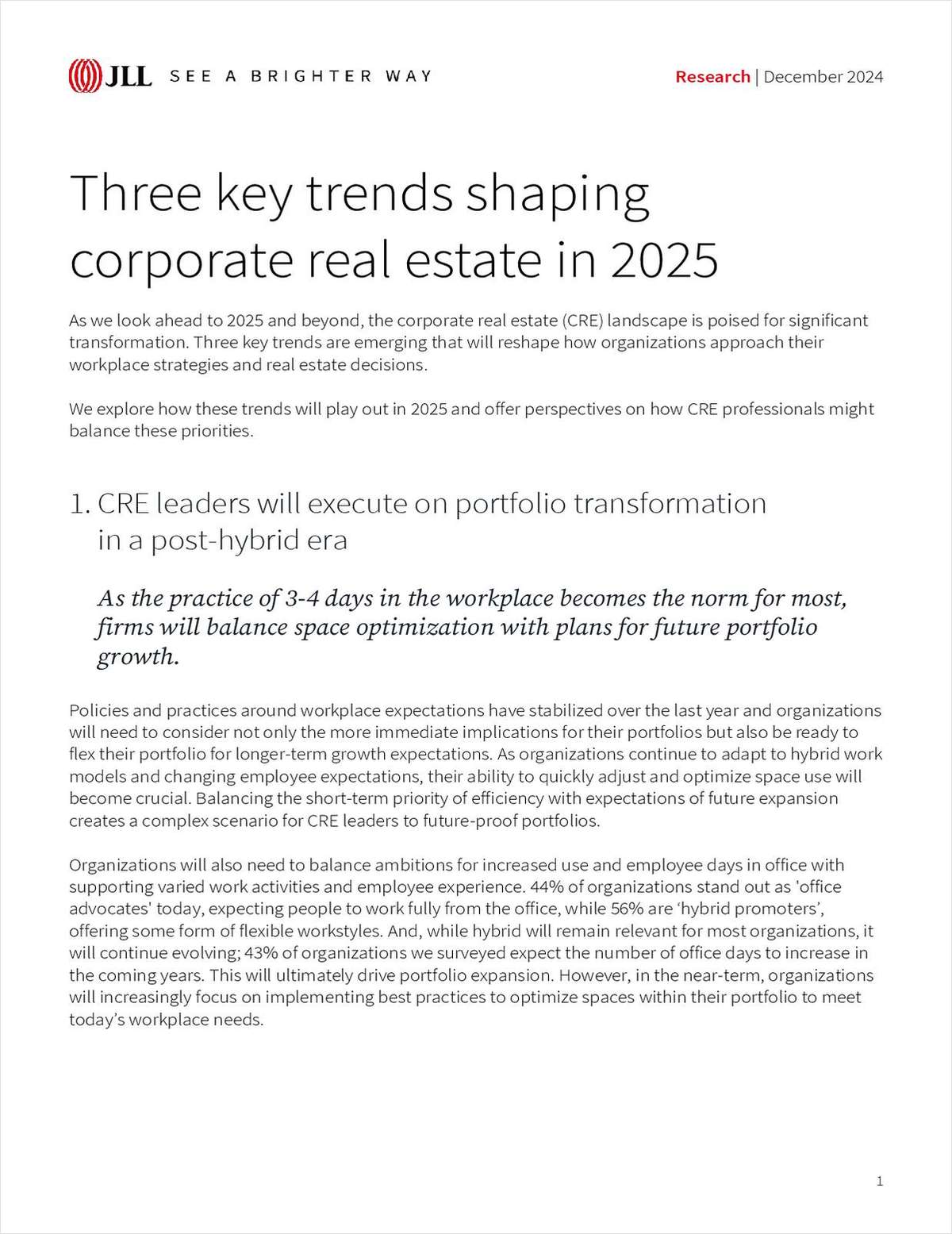Apartment rent and the homeowner's rent equivalent are always a major source of influence on inflation. Such shelter costs make up about a third of the Consumer Price Index — the price changes in the basket of goods that the Bureau of Labor Statistics (BLS) measures in many places across the country. In January, shelter was nationally up 8.6%.
A recent Trepp blog post noted that "shelter prices … accounted for nearly half of the monthly all items increase" in the CPI in January. That is a heavy burden and ironic, given how high inflation drives the Federal Reserve to raise the benchmark federal funds rate, pushing up short-term financing everywhere, rebounding on CRE.
However, with the growth of inflation and then the watch over its decline, rent has become a big economic and political topic because of public impact. Moody's Analytics noted in January that the US national average rent-to-income has reached 30% for the first time in more than 20 years the firm has tracked it. That's the definition of being rent-burdened. (Those who are old enough might remember when it was 25%, not 30%, that people were told was the number to budget for rent.)
Want to continue reading?
Become a Free ALM Digital Reader.
Once you are an ALM Digital Member, you’ll receive:
- Breaking commercial real estate news and analysis, on-site and via our newsletters and custom alerts
- Educational webcasts, white papers, and ebooks from industry thought leaders
- Critical coverage of the property casualty insurance and financial advisory markets on our other ALM sites, PropertyCasualty360 and ThinkAdvisor
Already have an account? Sign In Now
*May exclude premium content© 2025 ALM Global, LLC, All Rights Reserved. Request academic re-use from www.copyright.com. All other uses, submit a request to [email protected]. For more information visit Asset & Logo Licensing.








